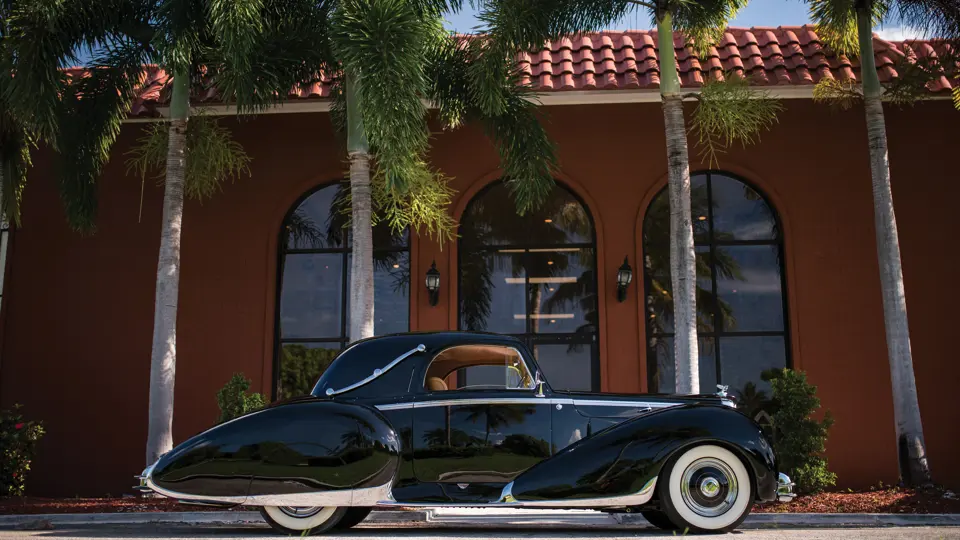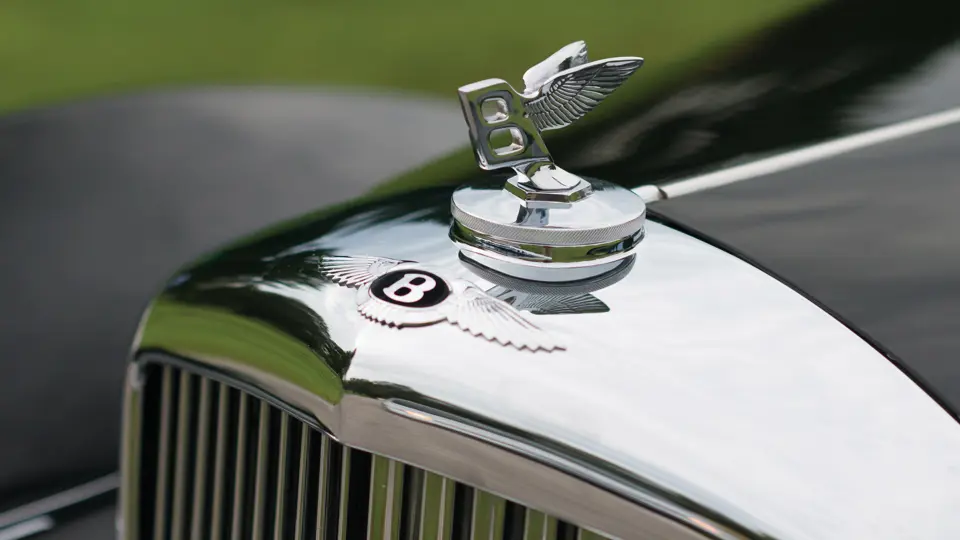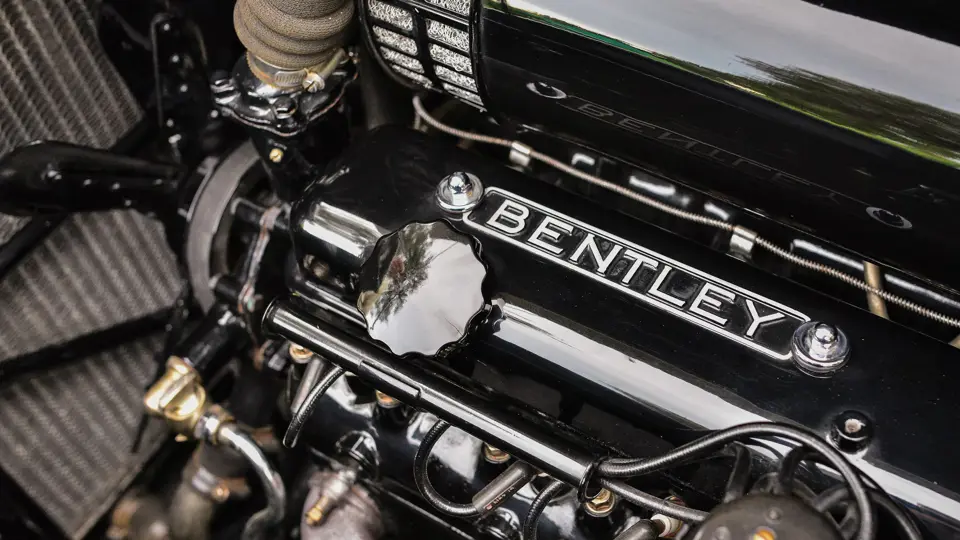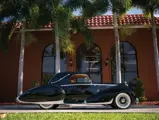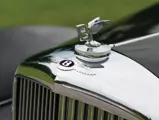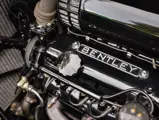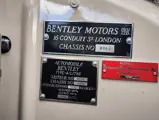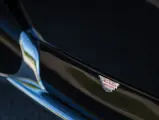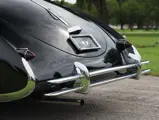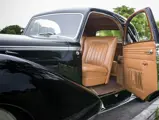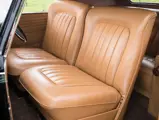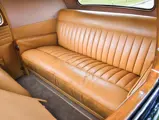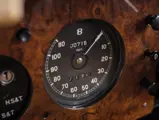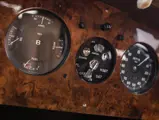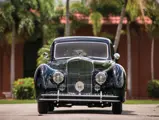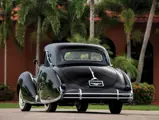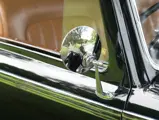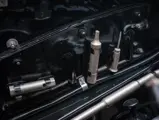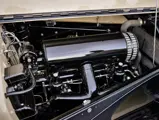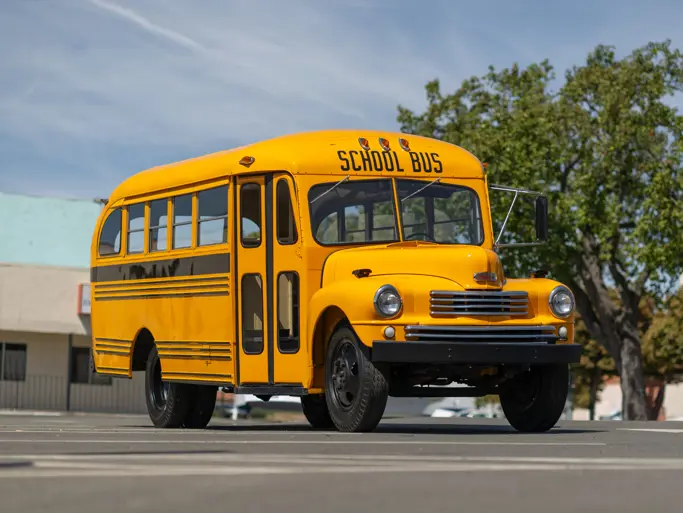
1947 Bentley Mark VI Fixed Head Coupé by Figoni et Falaschi
{{lr.item.text}}
£526,400 GBP | Sold
{{bidding.lot.reserveStatusFormatted}}
- The only post-war Bentley bodied by Figoni et Falaschi
- Formerly owned by esteemed motor car collector Eugene Beardslee
- First Place award at the 1990 Pebble Beach Concours d’Elegance
- Full documentation and build sheets
132 bhp, 4,257 cc inline F-head six-cylinder engine with twin 1¾-in. SU carburettors, four-speed manual gearbox, independent front suspension with hydraulic shock dampers, semi-elliptic rear springs with controlled shock absorbers, and hydraulic front and mechanical rear servo-assisted drum brakes. Wheelbase: 3,048 mm
The combined Rolls-Royce and Bentley Works suspended motor car production in 1940, when they re-tooled to support the war effort. The Bentley Mark VI Standard Steel Saloon was the first model offered at the return of peace, when motor car production resumed. The cost of the new Bentley Mark VI Standard Steel Saloon was £2,345, including purchase tax. This was a considerable sum when one considers that the average annual wage in England in 1948 was £375. The luxurious car was powered by a new six-cylinder F-Head engine (with overhead intake and side-mounted exhaust valves), and despite its weight of 1,814 kilograms, it was capable of achieving 95 mph.
About 80 percent of the Bentley Mk VI chassis carried the surprisingly elegant, although heavy, standard steel body, which was similar to the late pre-war Mark V Park Ward four-door saloon. However, the new Mark VI saloons did not have the panache of the wildly successful Bentley “Silent Sports Cars” of the 1930s, the 3½- and 4¼-Litres, and the Mark V models, nor were the standard cars as specialised as the massive Bentleys built at Cricklewood from 1919 to 1931, when Rolls-Royce acquired the Bentley marque. Although the car was quickly accepted by those well-heeled buyers who hungered for a new car after the long war years when only military vehicles were being produced, the company still offered, as they had before the war, a chassis-only option for those who wished to have a car designed to their specifications.
About 20 percent, exactly 999, of the total 5,201 Mark VI chassis were consigned to coachbuilders for special bodies. The total price of a custom-bodied model could easily double that of the chassis-only price, which was £1,785. The most commonly selected body makers for the Mark VI were H.J. Mulliner, Park Ward, James Young, and Hooper. Only one Mark VI chassis was sent to the prominent Parisian coachbuilder Figoni et Falaschi, which was known for its aerodynamic yet graceful designs on Delahayes and Talbot Lagos. This coachbuilder, influenced by advances in aircraft design, became known for its “tear-drop” silhouettes, pontoon wings, wing skirts, steeply raked windscreens, and hardware, which was fitted flush to the body to enhance Figoni’s trademark sleek windswept designs. This body maker was all about style, and in fact, he even partnered with several Parisian fashion designers at motor shows and concours, which featured models posing in ensembles meant to coordinate with the motor car’s lines and colourways. Ovidio Falaschi fancied himself a couturier of motor cars, frequently bodying the same chassis several times before he was completely pleased with the result. It is estimated that the hands-on time taken to complete a Figoni et Falaschi automobile body consumed over 2,000 hours.
Chassis B9AJ was one of the first Mark VI cars produced, and as part of the “A” series chassis, it was built between 1946 and 1947. Its first owner was a Mr J. Rodrigues, who is noted as having ordered the chassis through the Paris dealer Franco Britannic Automobiles in March 1947. Mr Rodrigues lived at 31 Rue Raynouard in Paris, but he spent much of his time in Monaco, and he specified that the car was to be used in his travels between the two residences; therefore, it was ordered with a speedometer in kilometres, wiring for a centre driving lamp, a second spare wheel, and a commodious boot capable of carrying 50 and 70 kilograms of luggage. It was originally ordered as a small two-seater cabriolet, but Mr Rodrigues changed his mind and had the car built as this one-of-a-kind fixed head close-coupled coupé. Or perhaps Ovido Falaschi “dressed and re-dressed” the body several times, and after taking into consideration its purpose as a long-distance tourer and collaborating with the owner, a decision was made to build a closed car, as it was more practical than an open one.
Claude Figoni, Joseph Figoni’s son, recalls that he took the order in 1947 and remembers Mr Rodrigues as being a “...tall, elegant gentleman with wonderful manners”. The car was ordered in dark grey with a blue leather interior and a “French”-style number plate for its Monaco registration, which was MC 276.
The car entered the United States in 1964, where it remained in California until being purchased by well-known car collector Eugene Beardslee, of Long Island, New York, in the 1980s. Mr Beardslee had it refurbished by his favourite restorer, Bob Turnquist at Hibernia Restorations in New Jersey, and the car was completed in time to be invited to the 1990 Pebble Beach Concours d’Elegance, where a team of expert judges agreed it was worthy of a First Place award in the exceedingly competitive Post-War European Custom Coachwork class.
Within the past two years, the car was stripped to bare metal and re-sprayed in a flawless black finish. The distinctive Figoni design cues fitted when new, the double-bladed front bumpers, and its graceful chrome rear wings and rear-quarter embellishments are, in a word, breath-taking. The saddle-tan leather two-seater interior and polished veneers reflect the kind of workmanship which would have been rendered when the car was new.
This recently freshened and exceedingly rare early post-war French-bodied Bentley has not been shown in more than a decade, and it will not only provide its fortunate new owner exceptional delight behind the wheel, but it is sure to also open doors to the world’s most prestigious motor car events and concours.
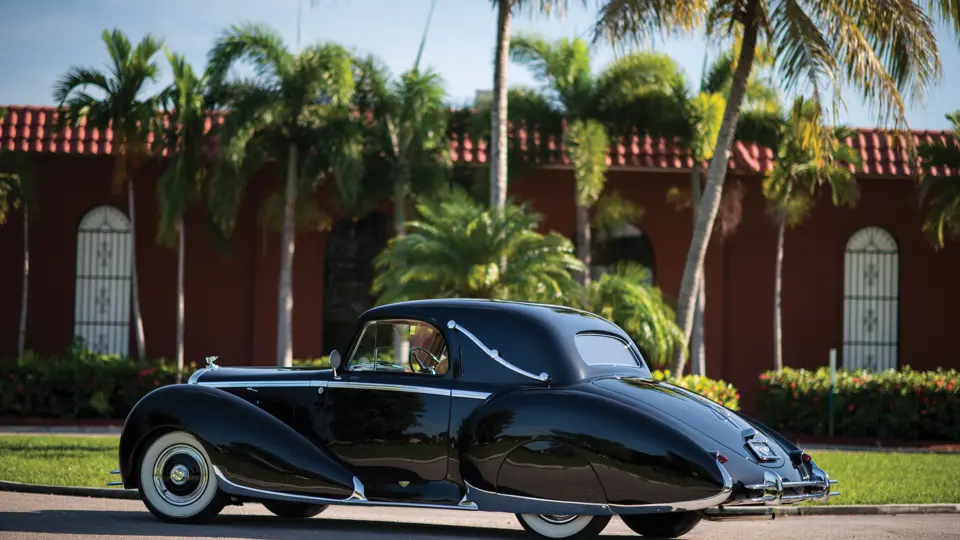
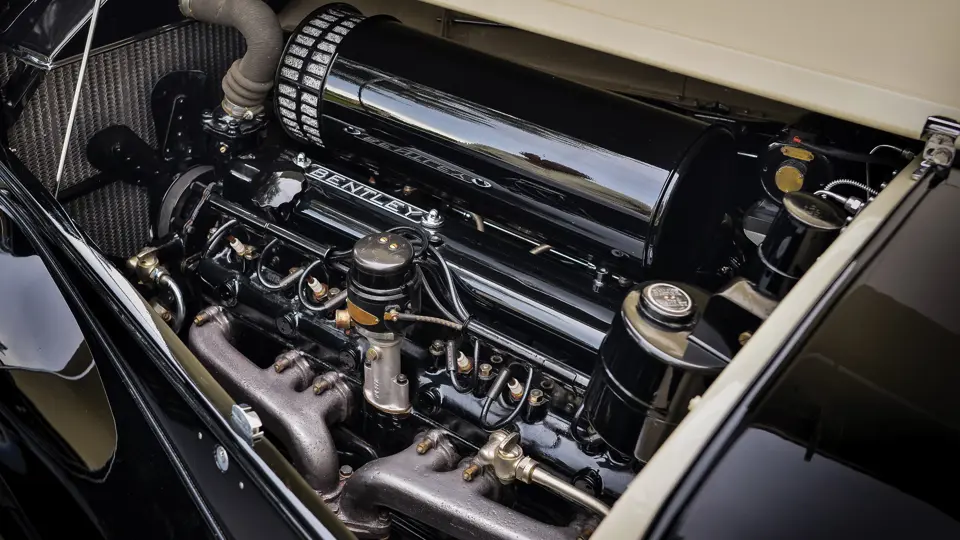
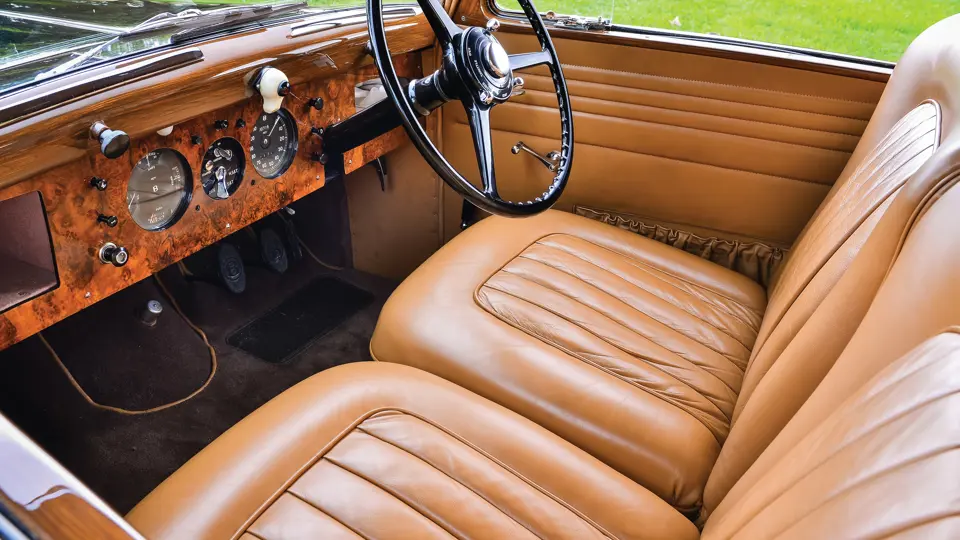

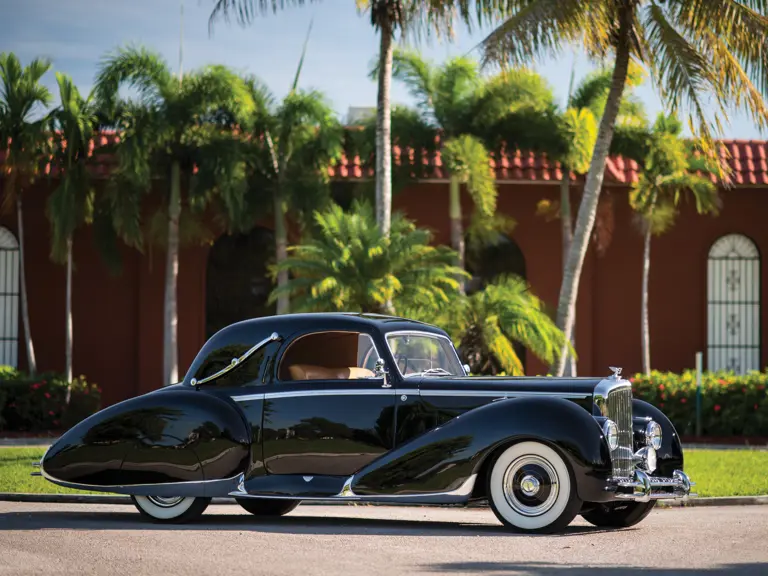
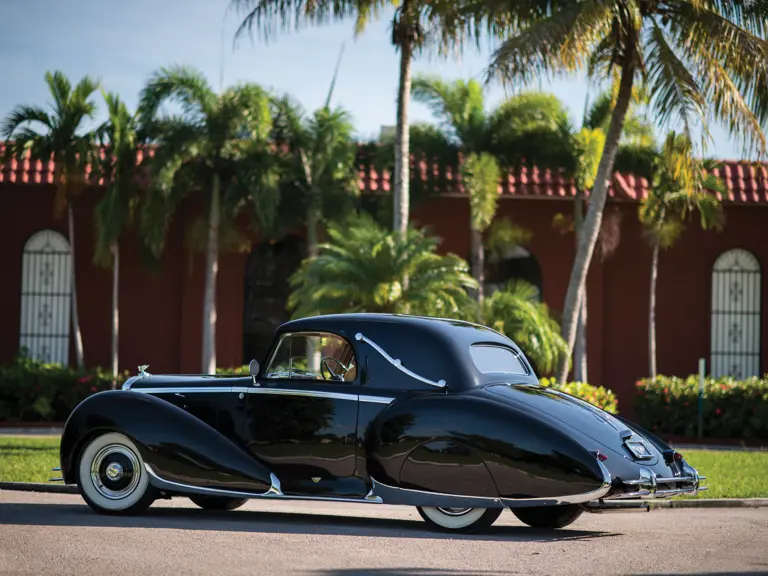
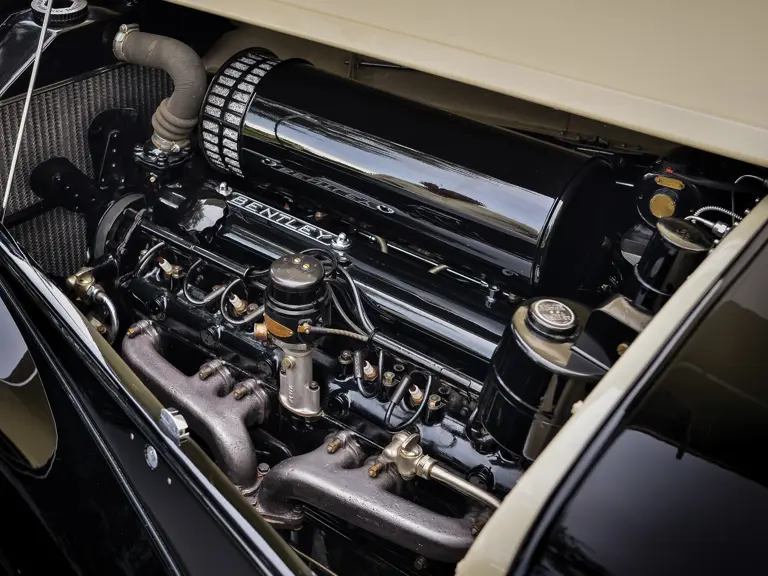
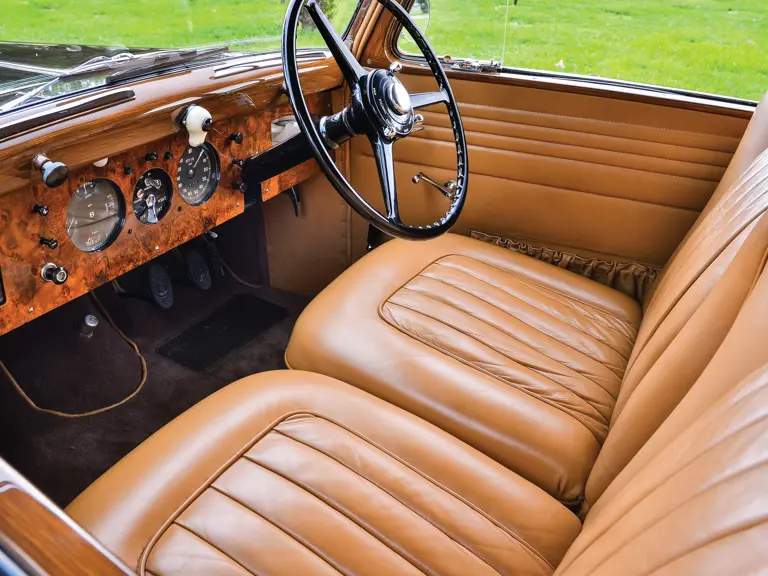
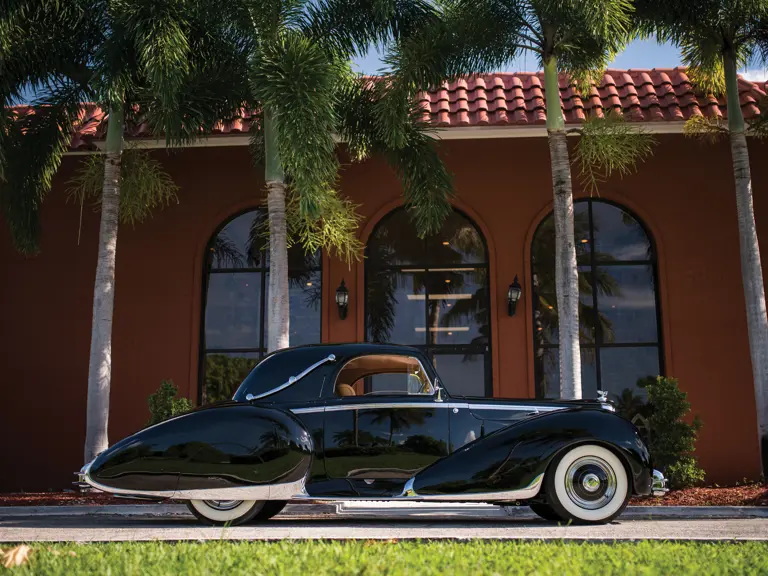
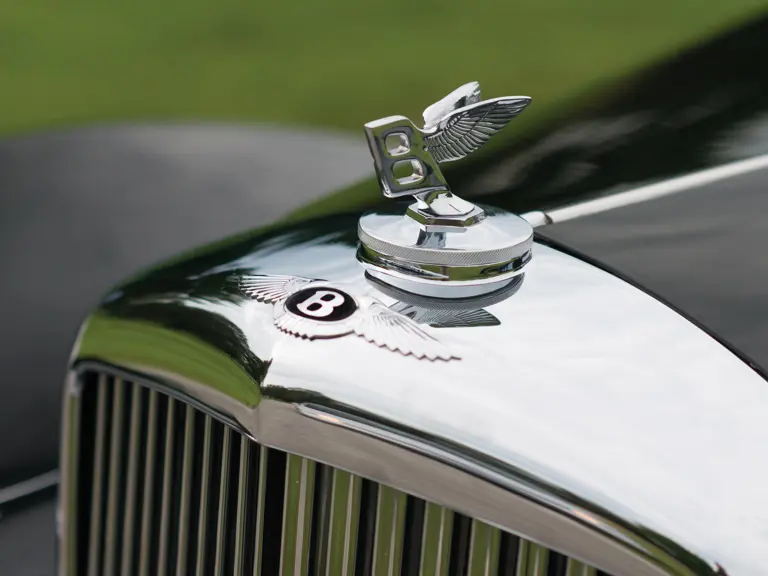
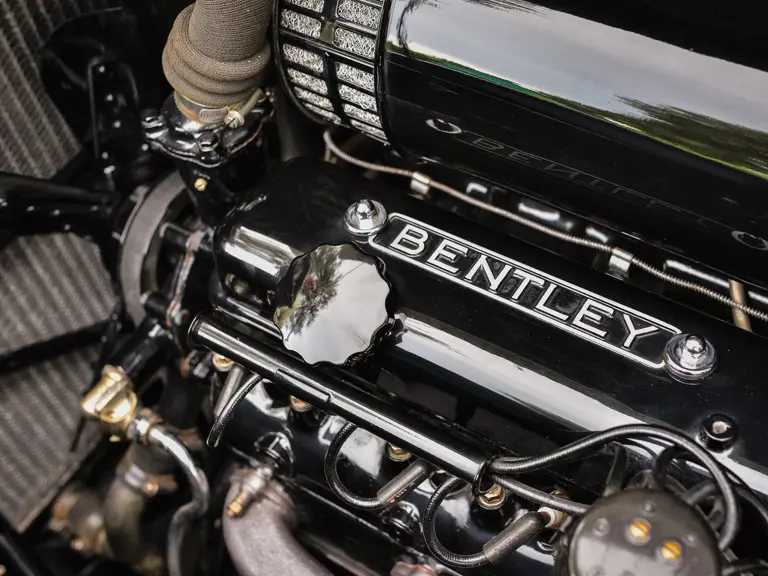
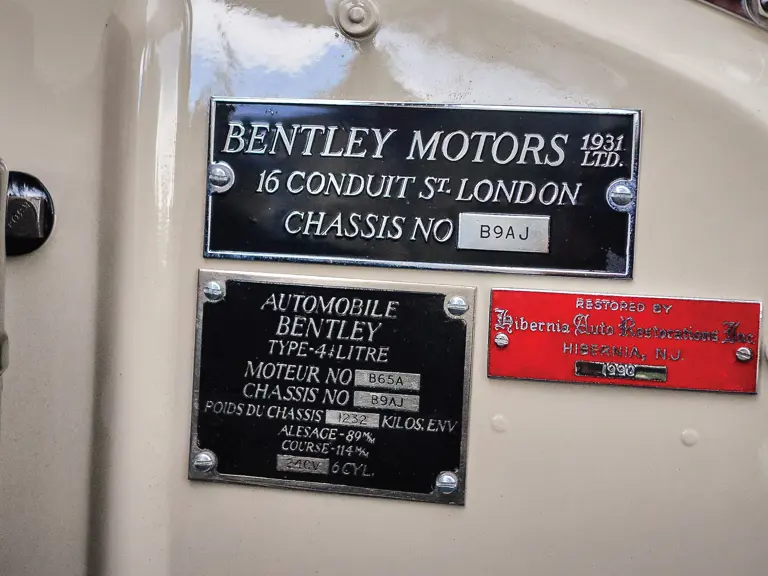
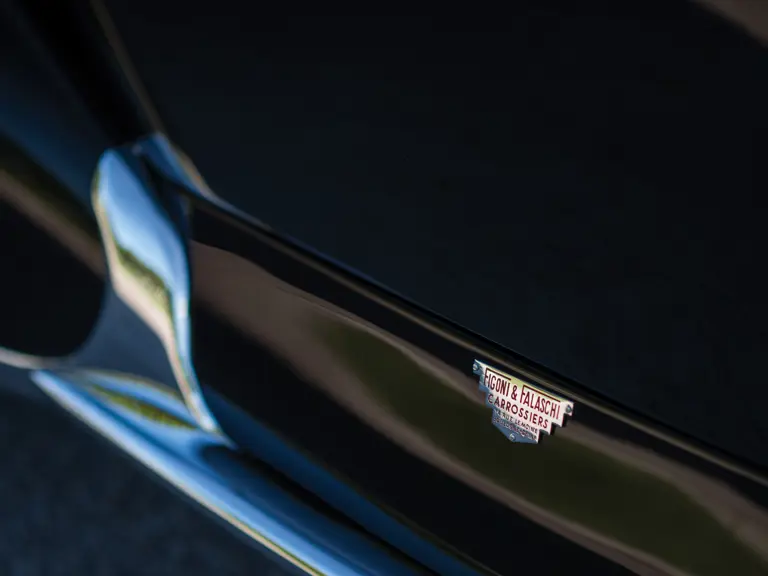
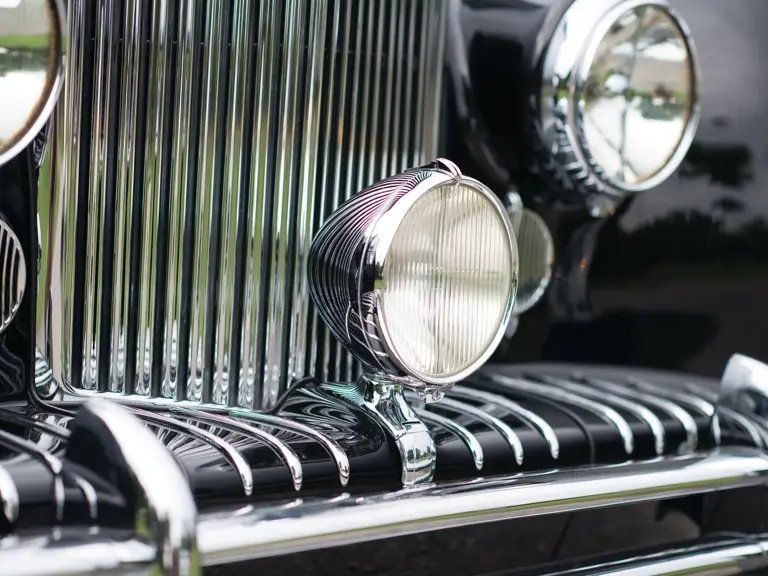
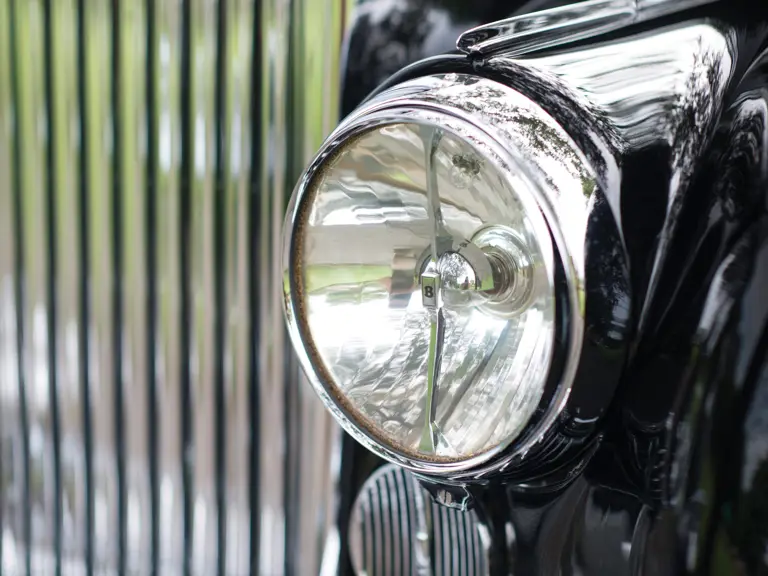
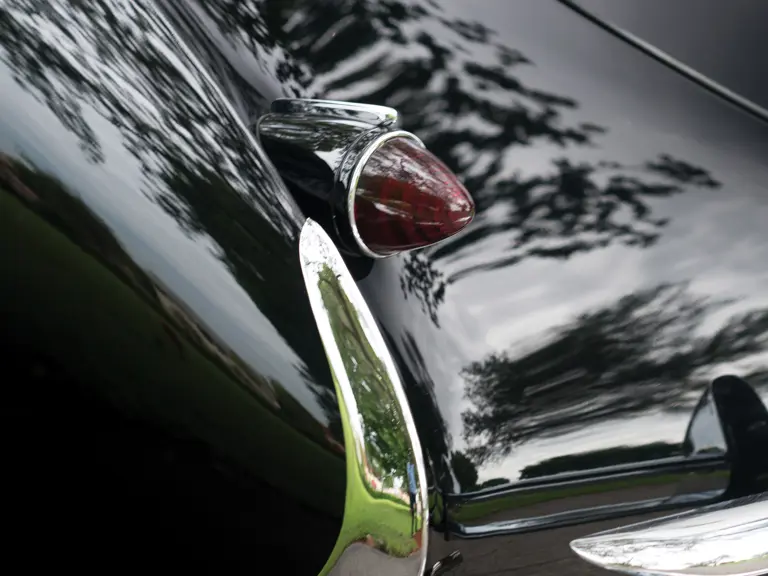
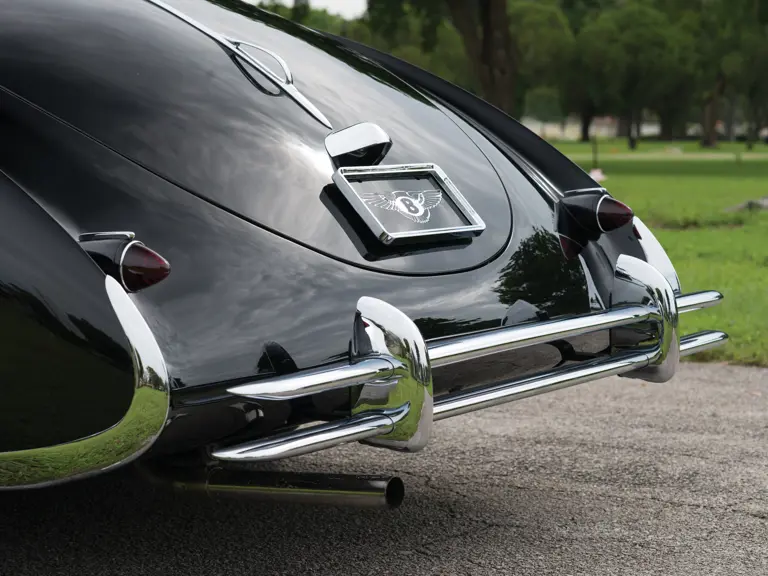
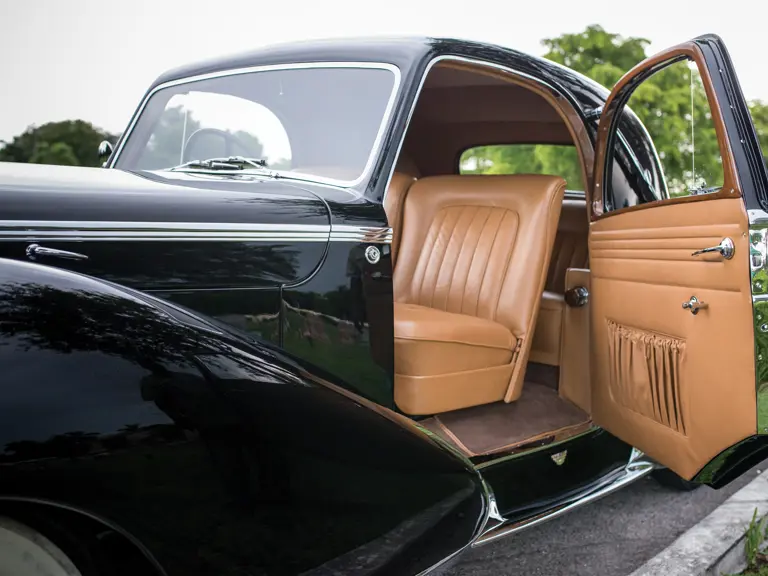
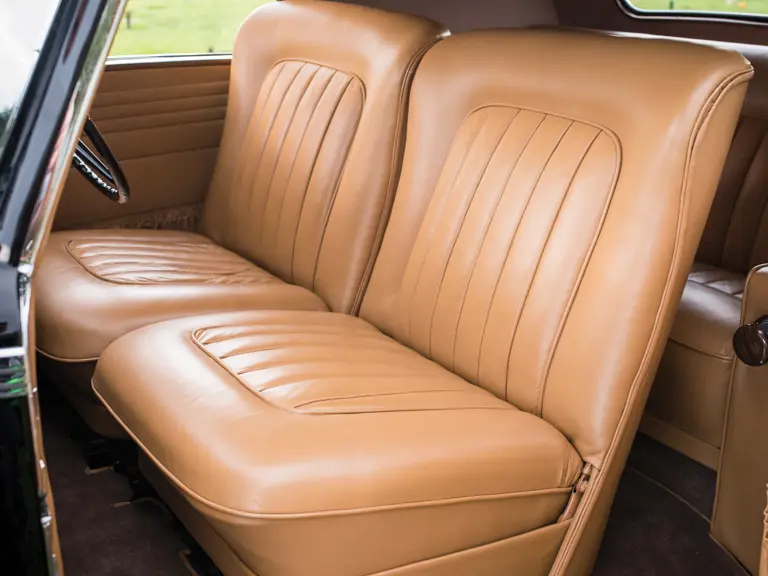
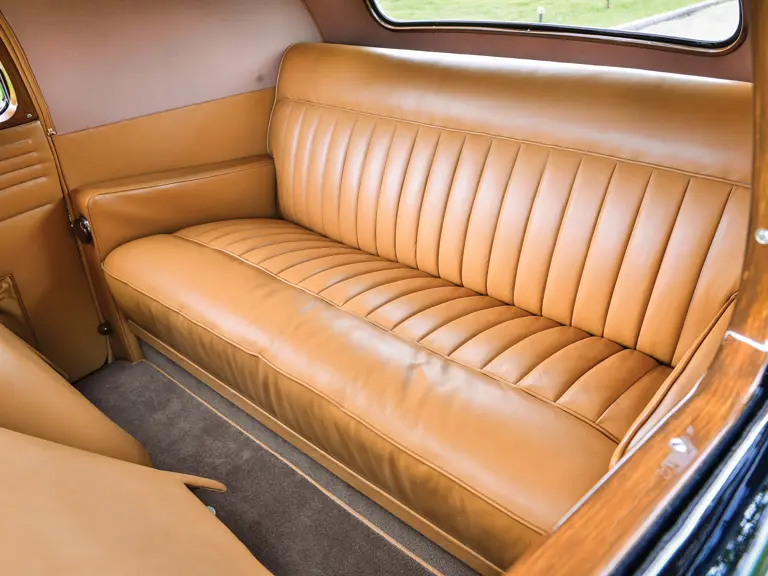
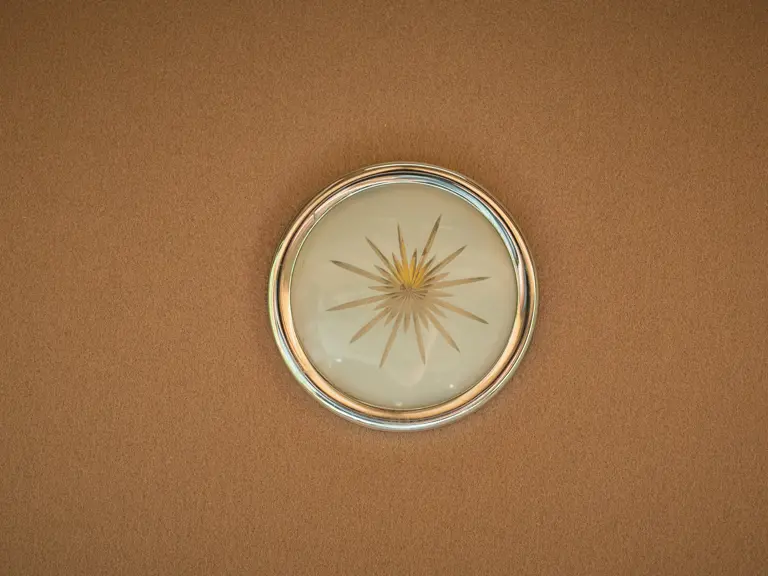
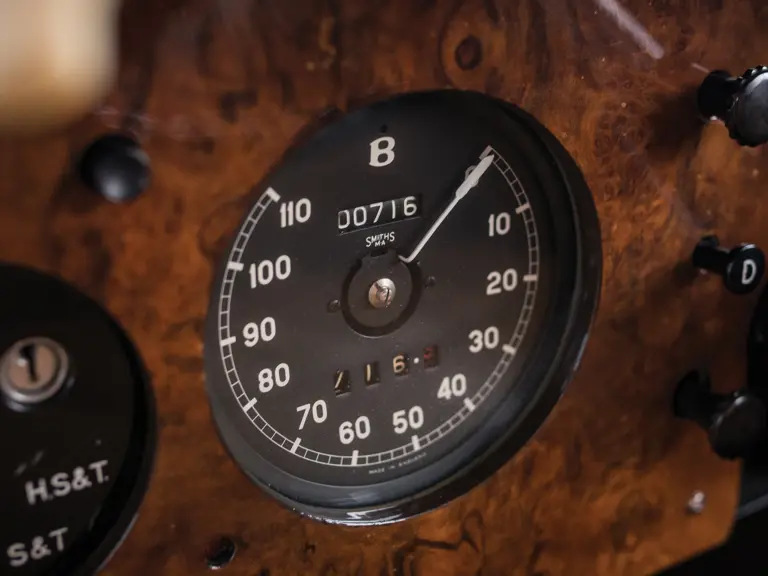
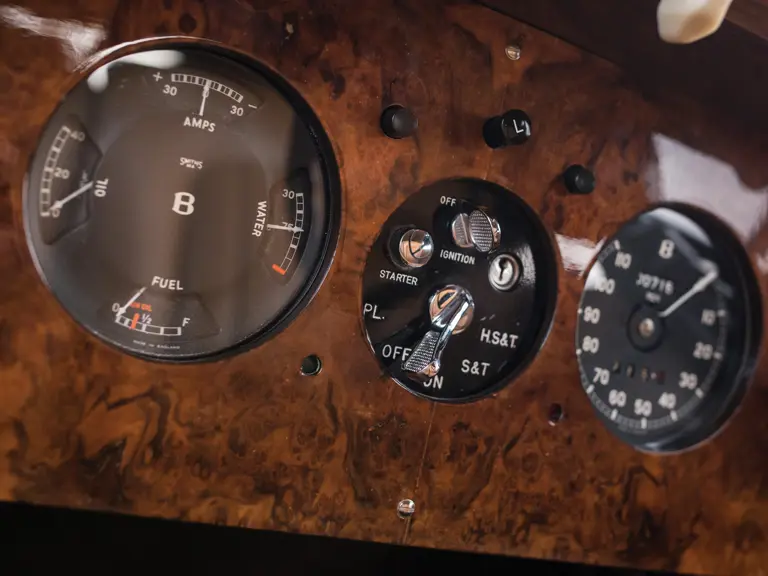
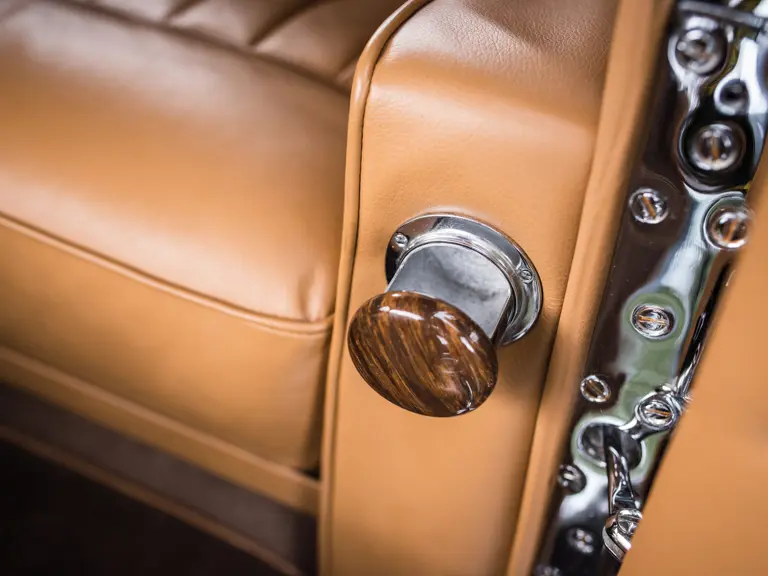
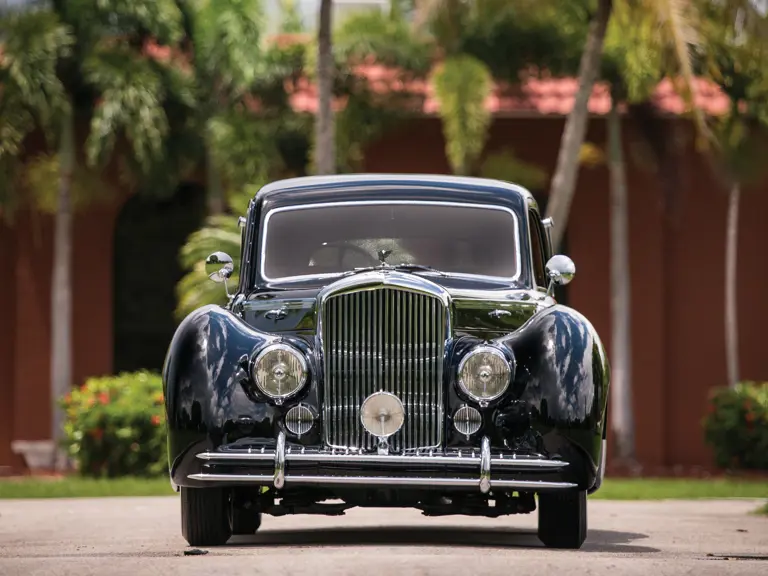
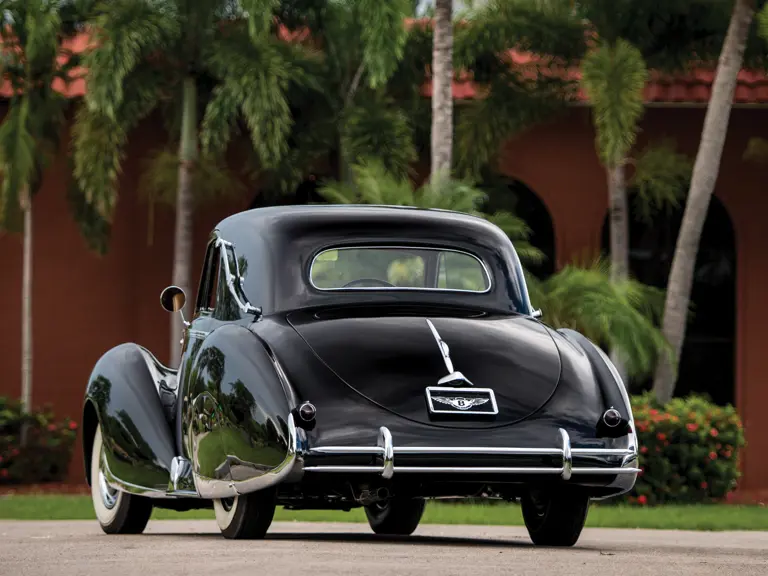
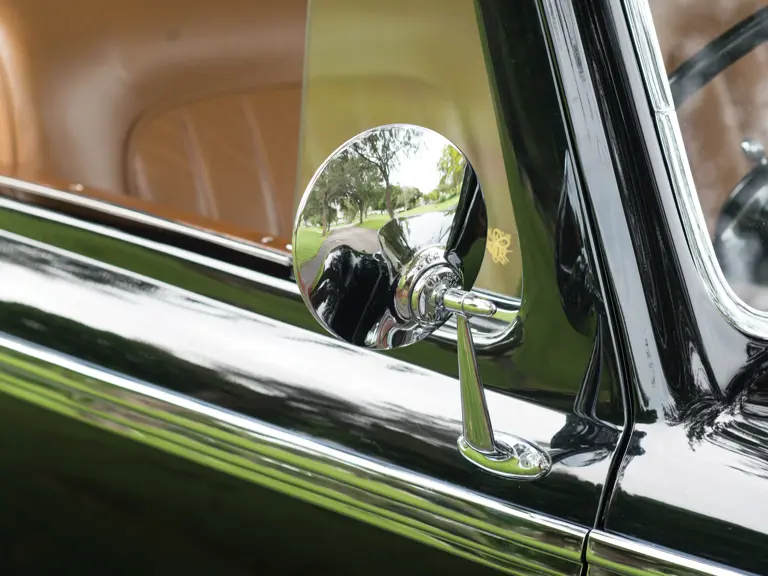
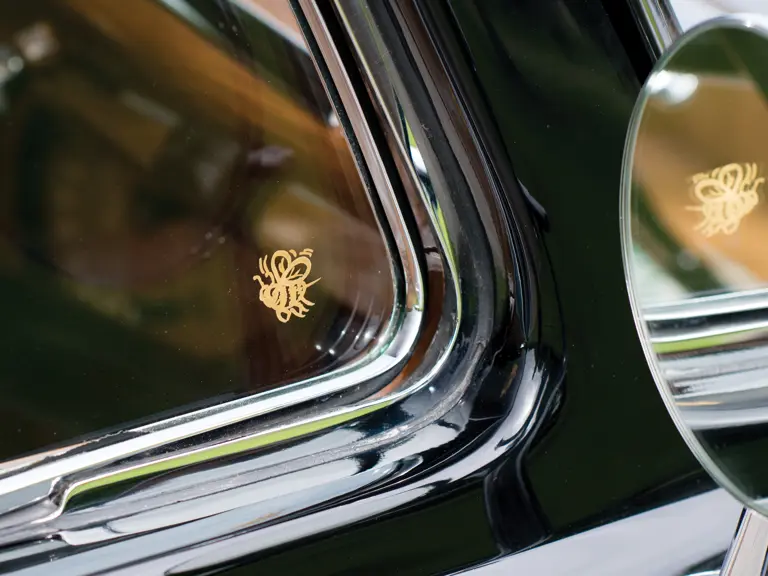
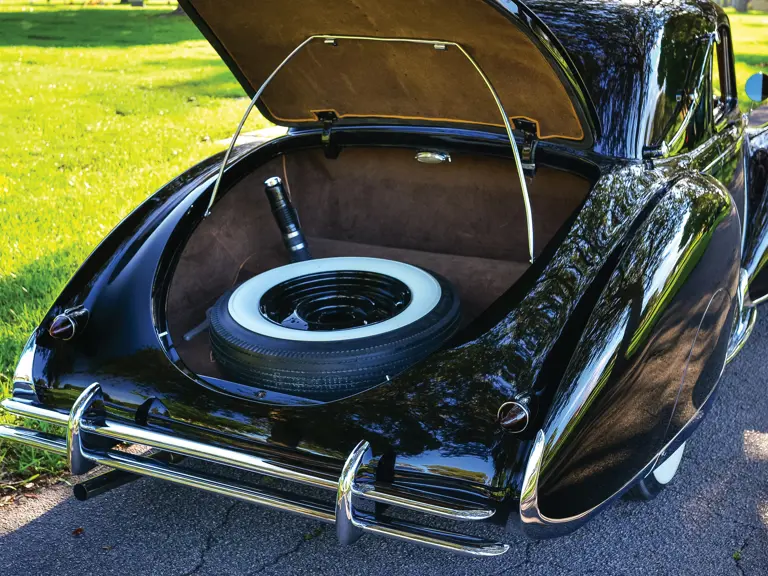
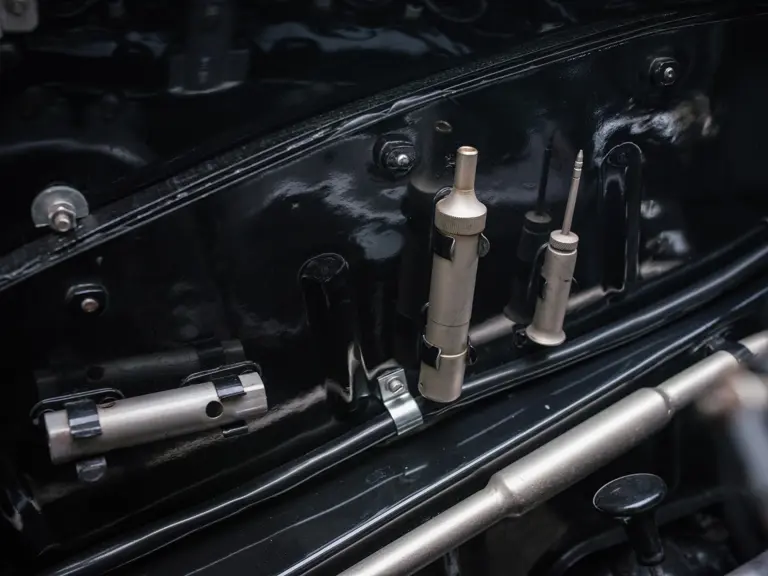
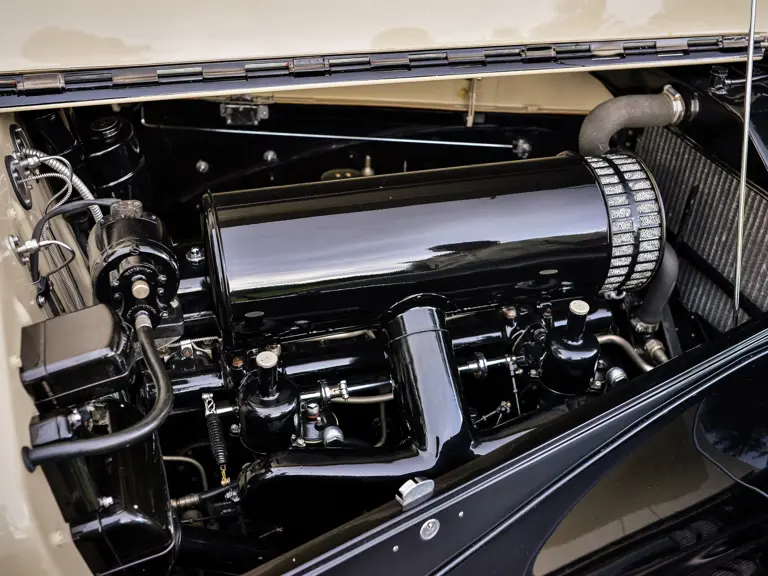

 | London, United Kingdom
| London, United Kingdom
